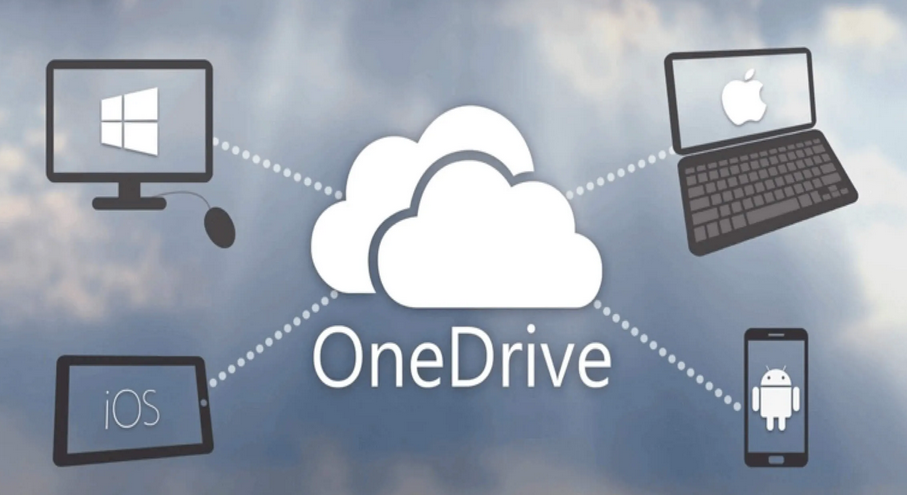Architectural considerations for event sourcing
At a high level, the concept of event sourcing is simple—but its implementation requires careful planning. When distributed microservices come together to perform a business function, you face the challenge of having hundreds of events of different categories and types being produced and consumed by various services. In such a situation:
- How do you identify which events to keep in an event store?
- How do you collect all the related events in one place?
- Should you keep an event store per microservice, bounded context, application, domain, or enterprise?
- How do you handle encrypted and sensitive data?
- How long do you keep the events in an event store?
Finding and implementing the answers to these critical questions involves several teams and business stakeholders working together. Let’s take a look at some of the options.
Dedicated microservice for event sourcing. Domain events flow via one or more event buses in a distributed service environment. With a dedicated microservice for event sourcing, you separate the concerns from different services and assign it to a single-purpose microservice. It manages the rules to ingest the required events, perform necessary data translations, own one or more event stores, and manage data retention and transition policies, among other tasks.
Event store per bounded context. A well-defined bounded context will benefit from having its own event store, which can be helpful for auditing purposes or for recon‐ structing the events that led to the current state of the application or a particular business entity. For example, in the rewards system we looked at earlier in this chapter (Figure 3-36), you might want to have an event store to keep track of rewards updates. With an extendable event-driven architecture, it’s as simple as adding another set piece microservice for event sourcing, as shown in Figure 3-42.

Figure 3-42. Adding a dedicated rewards-audit microservice for event sourcing to the rewards system
Application-level event store. Many applications you interact with daily coordinate with several distributed services. An ecommerce domain, for example, has many sub‐ domains and bounded contexts, as you saw back in Figure 2-3 (in “Domain-first” on page 40). Each bounded context can successfully implement its own event sourcing capability, as discussed in the previous subsection, but it can only capture its part in the broader application context.
As shown in Figure 3-43, your journey as an ecommerce customer purchasing items touches several bounded contexts—product details, stock, cart, payments, rewards, etc. To reconstruct the entire journey, you need events from all these areas. To plot a customer’s end-to-end journey, you must collate the sequence of necessary events. An application-level event store is beneficial in this use case.

Figure 3-43. An ecommerce customer’s end-to-end order journey, with the different touchpoints
Centralized event sourcing cloud account. So far, you have seen single-purpose dedicated microservice, bounded context, and application-level event sourcing scenarios. A centralized event store takes things to an even more advanced level, as shown in Fig‐ ure 3-44. This is an adaptation of the centralized logging pattern, where enterprises use a consolidated central cloud account to stream all the CloudWatch logs from multiple accounts from different AWS Regions. It provides a single point of access for all their critical logs, allowing them to perform security audits, compliance checks, and business analysis.

Figure 3-44. A central cloud account for event sourcing
There are, however, substantial efforts and challenges involved in setting up a central event sourcing account and related services:
- The first challenge is agreeing upon a way of sharing events. Not all organizations have a central event bus that touches every domain. EventBridge’s cross-account, cross-region event sharing is an ideal option here.
- Identifying and sourcing the necessary events is the next challenge. A central repository is required in order to have visibility into the details of all the event definitions. EventBridge Schema Registry is useful, but it is per AWS account, and there is no central schema registry.
- With several event categories and types, structuring the event store and deriving the appropriate data queries and access patterns to suit the business requirements requires careful planning. You may need multiple event stores and different types of data stores—SQL, NoSQL, object, etc.—depending on the volume of events and the frequency of data access.
- Providing access to the event stores and events is a crucial element of this setup, with consideration given to data privacy, business confidentiality, regulatory compliance, and other critical measures.
Event sourcing is an important pattern and practice for teams building serverless applications. Even if your focus is primarily on delivering the core business features (to bring value), enabling features such as event sourcing is still crucial. As mentioned earlier, not every team will need the ability to reconstruct the application’s state based on the events; however, all teams will benefit from being able to use the event store for auditing and tracing critical business flows.
